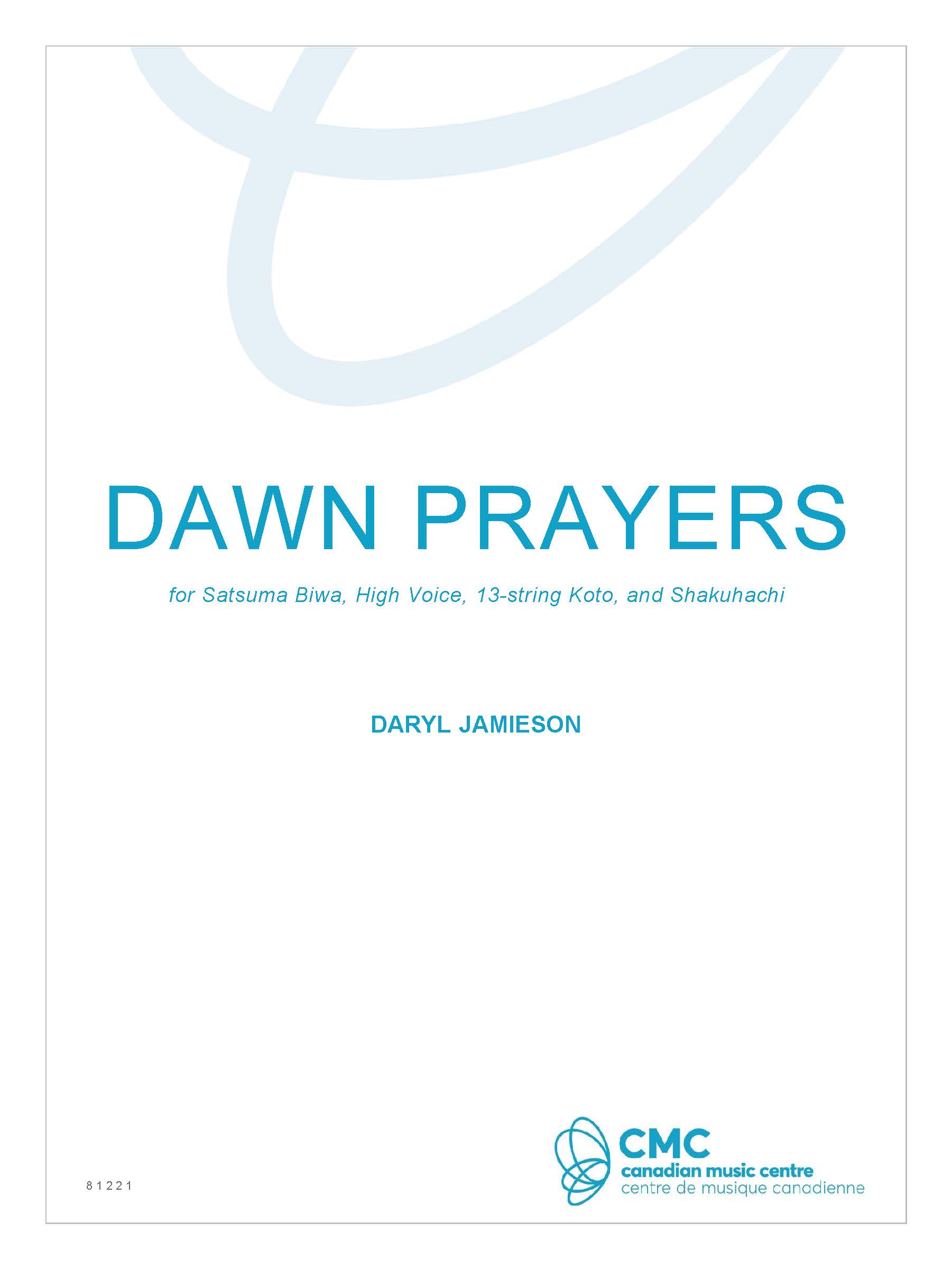The texts for this piece are taken from a famous 14th century Buddhist story ‘A Lengthy Tale for an Autumn Night’. It tells of the 12th century monk Sensai (sung by the biwa player) who fell in love with Prince Umewaka (singer). They exchanged love poems and spent one night together before Umewaka was spirited away by a demon. This provoked a war between Sensai’s temple and some rival ones which resulted in many deaths and the burning of many temples. In the end, Umewaka is returned to this world by the demon, but upon seeing the destruction caused by his disappearance, he writes one last regretful poem to Sensai and then throws himself into a river. The final poem of the piece was written by Sensai to honour Umewaka’s memory.
As with most of my recent music, the harmonic relationships are governed by quasi-serial matrices, in this case derived from the poems. Sensai and Umewaka have different matrices based on their respective poems, so the melodic and harmonic content of their musics are different. At different times, one matrix or the other is used (mostly following the narrative structure of the poetry), but sometimes the two matrices are in counterpoint. The overall structural rhythm of the piece, in five large sections, mirrors the traditional Japanese poetry syllabic structure: 5-7-5-7-7.

